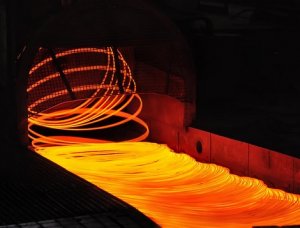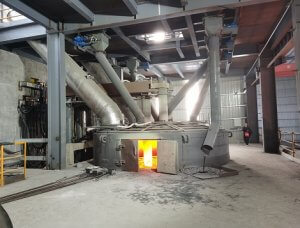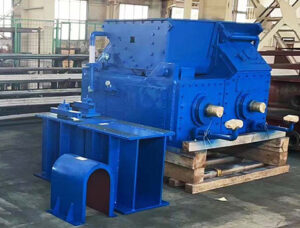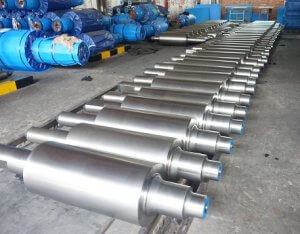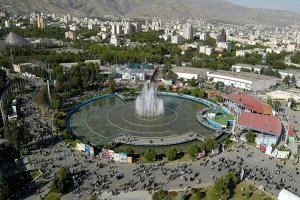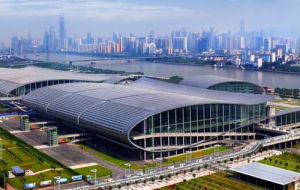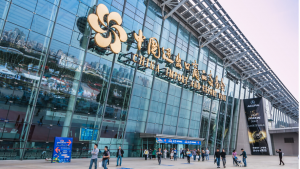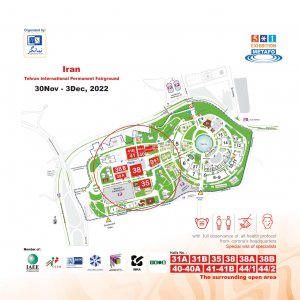Products
Exhibition
Industry News
Comparison of Electric Furnace, AOD furnace, LF furnace and VD Vacuum Furnace
Author : hani Time : 2021/07/15Electric Furnace
The electric furnace steelmaking process mainly uses arc heat, and the temperature is up to 4000 ℃ in the arc action zone. The smelting process is generally divided into the melting period, oxidation period, and reduction period. In the furnace, not only an oxidation atmosphere but also reduction atmosphere can be created, so the efficiency of dephosphorization and desulfurization is very high.
EAF steelmaking with scrap as raw material has less capital investment than the BF-BOF method. At the same time, due to the development of direct reduction, it provides metalized pellets for EAF to replace most scrap, so EAF steelmaking is greatly promoted.
At present, the medium frequency furnace is mainly used for smelting high-quality steel, alloy steel, and stainless steel. It is the first production process for smelting stainless steel, and its main function is to melt steel, dephosphorize and desulfurize.
AOD Furnace
AOD (argon oxygen decarburization) is an advanced technology for refining stainless steel. It has the advantages of simple equipment, convenient operation, strong adaptability, low investment and low production cost, and is widely used.
Molten iron from the blast furnace and molten steel from the electric furnace are injected into the AOD furnace through a ladle. Mixed gases of O2, AR, or N2 are blown in during smelting to decarbonize molten steel. At the same time, reducing agents, desulfurizing agents, ferroalloy or coolants are added into the feeding system to adjust the composition and temperature of molten steel to produce qualified stainless steel.
The transportation and regulation of mixed gas during refining is one of the main systems of argon oxygen furnaces. The gas produced by the oxygen-making workshop is respectively fed into the gas storage tank near the workshop through the pipeline, and then is measured, reduced pressure, adjusted and mixed. Finally, the mixed gas with the flow rate and proportion required by the process is sent into the furnace through the side gun.
At the beginning of smelting, oxygen is blown into the metal bath from the top of the furnace’s mouth through double-layer water-cooled oxygen blowing pipe for decarbonization. During refining, the mixed gas is sent into the side gun to enter the furnace (installed on the sidewall opposite the tapping port and near the furnace bottom). When charging and tapping, the furnace body tilts forward at a certain angle, and the (side) tuyere is above the steel level. During normal blowing, the tuyere sinks into the deep part of the bath. The mixed gas of oxygen and argon or nitrogen is blown into the central pipe of tuyere. By adjusting the oxygen argon ratio, the partial pressure of carbon monoxide can be reduced to achieve the goal of decarbonization and chromium preservation.
AOD furnace tuyere type is unique, it is the consumption of gas cooling tuyere. The tuyere adopts a double-layer casing structure, the outer tube is only filled with argon or nitrogen to cool the tuyere, and the inner tube is filled with a mixed gas of oxygen, nitrogen, or argon. To achieve the best operation effect, the flow control of the center pipe and the ring can be carried out in the main control room.
The three side lance technology can enhance the oxygen supply intensity, improve the metal material yield, and shorten the AOD smelting time. A stable and reliable control system can reduce the consumption of gas and various raw materials in smelting, and obtain stable product quality.
AOD is mainly used for decarbonization and refining.
LF furnace
Ladle furnace (ladle furnace) is the main refining equipment in steel production. LF furnace generally refers to the refining furnace in the iron and steel industry. In fact, it is a special form of electric arc furnace.
LF refining mainly depends on the white slag in the barrel. In the low oxygen atmosphere (oxygen content is 5%), argon is blown into the barrel for stirring, and the graphite electrode is used to heat the molten steel passing through the primary refining furnace. Because the chemical reaction between slag and steel is accelerated by argon stirring, the long refining time can be ensured by using arc heating for temperature compensation, so the oxygen and sulfur content in the steel can be reduced, and the inclusion is graded as 0 ~ 0.1 according to ASTM. LF furnace can be combined with EAF to replace the reduction period of EAF, and can also be combined with oxygen converter to produce high quality alloy steel.
In addition, the LF furnace is also an indispensable equipment for controlling composition, temperature and preserving molten steel in continuous casting workshops, especially in alloy steel continuous casting production line. Therefore, the emergence of the LF furnace has formed a new combined production line of ld-lf-rh-cc (continuous casting) to produce high-quality steel. In this combined production line, the reduction refining of steel is mainly completed by the LF furnace. The steel grades treated by LF furnace almost involve all kinds of steel grades from special steel to common steel. In production, different process operation systems can be adopted according to the needs of quality control. Among all kinds of secondary refining equipment, the comprehensive cost performance of the LF furnace is high.
LF has the following characteristics:
① Desulfurization
② Temperature regulation
③ Precise composition tuning
④ Improving the purity of molten steel
⑤ Slagging
LF has the following functions:
(1) LF furnace is connected with EAF, which speeds up the production cycle of EAF and improves the quality of EAF steel.
(2) LF furnaces connected with LD converter can reduce and refine converter steel to improve steel quality and produce new steel grades.
(3) LF furnace can strictly regulate the composition and temperature of liquid steel, which is beneficial to the hardenability of steel and the continuous casting of special steel.
After AOD refining, LF refining belongs to secondary refining, and inclusions are reduced to ensure the purity of molten steel;
VD vacuum furnace
VD refining method is a kind of steel vacuum treatment method, in which the primary steel-making liquid of electric furnace and converter is placed in a closed tank for vacuum pumping and argon blowing at the bottom of ladle for stirring. In order to obtain pure liquid steel, melting and primary blowing are carried out in an electric furnace and converter, and then placed in a vacuum tank (vacuum chamber) through bottom blowing argon stirring and vacuum degassing.
VD furnace is generally matched with LF furnace. LF furnace is used to adjust composition and temperature, and VD furnace is used to degass and stir. VOD furnaces to install oxygen lance on the vacuum cover of VD furnace to smelt stainless steel.
VD furnace is a widely used vacuum refining equipment, which has good degassing and deoxidation effect, can effectively reduce the hydrogen and nitrogen content in steel, remove oxygen in steel by carbon and oxygen reaction, and desulfurize by full reaction of basic top slag and molten steel. In addition, it also has the function of uniform composition and temperature.


